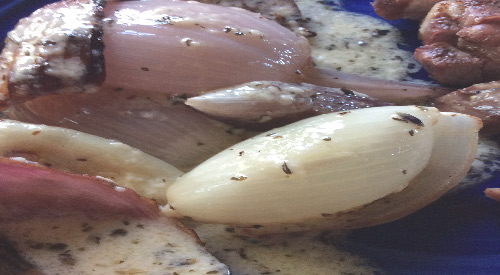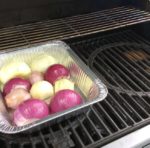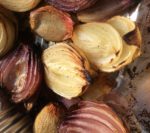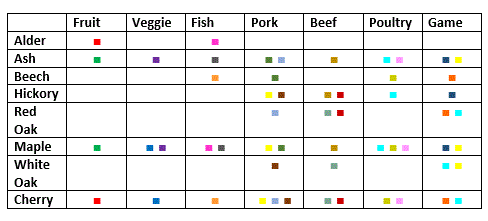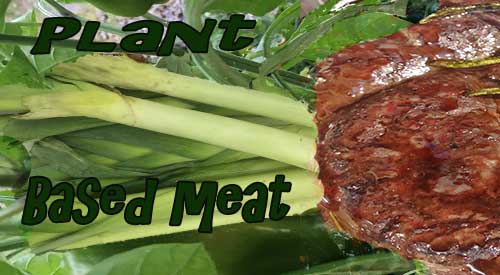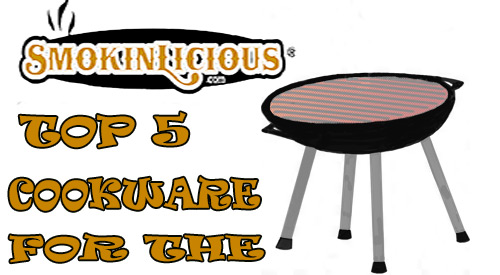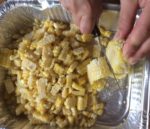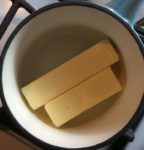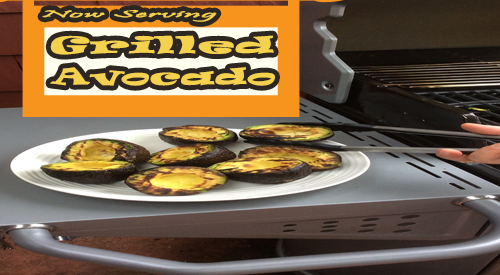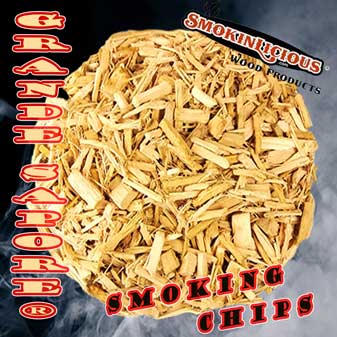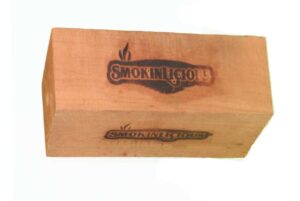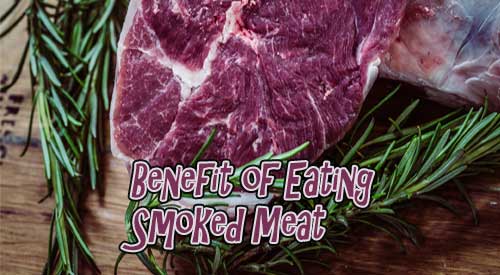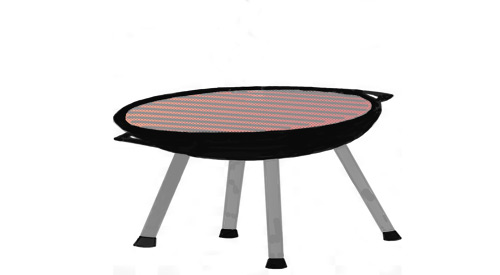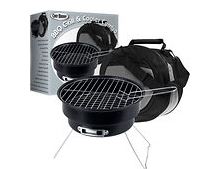Sat 31 Oct 2020
WOOD CHIPS FOR SMOKING- THE DIFFERENCE BETWEEN A $3.99 VERSION AND THE SMOKINLICIOUS® BRAND
Posted by DonnaGRead other related stories: Cooking With Wood , General Smoking Information , Smoking with chips
No Comments

Caution- When selecting wood chips for smoking know the wood source!
THE DIFFERENCE BETWEEN $3.99 WOOD CHIPS FOR SMOKING AND THE SMOKINLICIOUS® BRAND

listen to our blog regarding wood chips for smoking
If you’ve ever looked at the wood chips for smoking products available at most discount retail stores, you’ll notice that they seem to have consistent pricing in the $3.99 or less bracket. Yet, you look at the SmokinLicious® brand and come up with a price that’s close to twice the cost. What’s the deal with the price difference?
There are many factors involved in determining the retail price of wood chips many of which I’m sure the average consumer hasn’t considered. What exactly are you paying for when you select a specific wood chip brand?
Let me give you some insight.
Wood Chips for Smoking- Let’s Start with the Raw Material
The raw material is by far the largest cost factor with selling wood chips for grilling, smoking, and cooking in general. I’ll make the comparison to cotton purchased by a t-shirt manufacturer. There are grades of cotton. Higher grades of cotton go into more expensive cotton clothing. Purchase a $5 t-shirt and you’re guaranteed a lower grade cotton was used. This means you likely won’t get more than a year of consistent wearing and washing out of that $5 t-shirt!
The same is true for wood chips. There are 8 different grades of wood or lumber for purposes such as cabinet making, flooring, construction, and pallets. Only one culinary wood company specifically purchases raw lumber material for cooking wood manufacture only. That would be SmokinLicious®.
Other companies will do one of three things; have a primary business in one of the areas listed above and use the waste product for producing the wood chips, or, purchase another company’s waste product to market as a wood chip grilling and smoking wood, or, have the company with waste product package a private label brand of grilling and smoking chips and deliver to a centralized distribution warehouse for the brand, something commonly done by equipment manufacturers who feel a need to offer a wood chip to go with the equipment.
Cleanliness of the Manufacturing Process
Another key factor in cost is the handling of the material during the manufacturing process. Now I understand that we are talking about wood and not a food item. However, if you are using a wood to add flavoring to food through smoke vapor from burning wood, then I see the wood as an ingredient. As with any ingredient, I would prefer to use something that is clean and pure since I will be eating this.
Since I’ve already pointed out that many companies use materials that are labeled as waste wood, you have no idea how the waste material was collected, stored, moved, and processed. You also don’t know what’s in that waste wood (treated lumber pieces, a mix of woods, some softwoods) or how old that material is which directly affects the moisture level. Remember, moisture is needed to smolder the wood and produce smoke vapor.
SmokinLicious® is the only culinary wood manufacturer that is Kosher certified, attesting to the steps taken to ensure the culinary products are clean, clean stored, and preserved.

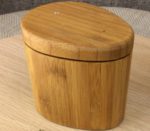 Salt is a mineral found in crystalline form that is used as a seasoning for food. Simply put, salt brings out the flavor or natural essence of food. Salt choices draw out the natural juices in raw meat and dissolves with the liquid forming a brine that gets reabsorbed by the meat. This results in the meat’s ability to hold on to more of its own natural juices during cooking.
Salt is a mineral found in crystalline form that is used as a seasoning for food. Simply put, salt brings out the flavor or natural essence of food. Salt choices draw out the natural juices in raw meat and dissolves with the liquid forming a brine that gets reabsorbed by the meat. This results in the meat’s ability to hold on to more of its own natural juices during cooking.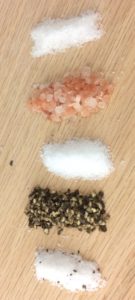 Table Salt:
Table Salt:

